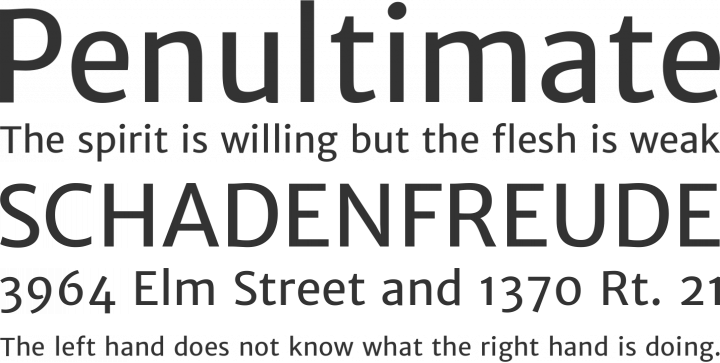 |
| I liked the shiny look of this photo frame, as it made the overall branding of the photo frame classier and the backing frame also fits the style of the frame well with the use of script type etc. |
 |
| This frame was simple and clean which I liked as the audience can see the main elements easy, namely the size and what it is exactly. |
 |
| This is more of an old-fashioned frame with a modern twist. The use of sans-serif in a wooden rustic frame fuses together to create a sense of neutrality and targets a wide audience. |
 |
| I think this frame would be designed for a family or modern person as the minimal aesthetic fits this demographic. The use of white on wood emanates a simplistic feel. |
 |
| This frame is clearly intended to appeal to a higher class, being a silver colour and being named a "collection". |
 |
| This frame was made for the modern demographic, the use of contemporary graphic design to illustrate the use and dimensions of this frame reinforces this. |
The majority of picture frame backing images I found were of a rectangle shape, which suggests in order to create an original looking piece I will have to adapt the shape of my backing paper to stand out to consumers. Perhaps I could create an abstract shape inside my picture frame to intrigue the audience? I also have noticed that the majority of backing paper has thin, sans-serif fonts so perhaps I could create a more bold piece to really grab the attention of my audience, as I like the look of the 2nd picture, the 50x70 picture frame. I feel if I expanded on that I could create a good looking piece of work.
As the majority of these frames were from John Lewis, I decided to look further into John Lewis and how they brand themselves. Here is a screenshot of their website:
As you can see, their website is full of quite neutral tones, apart from the New Year sales which is in red. I believe this kind of branding is similar to how I would want to brand my frame, with simplistic elements that are effective at conveying a message.
The John Lewis partnership is all about inclusiveness. They include everyone in their major business decisions and even allow them to purchase stock. I want to reflect this inclusiveness in my design as John Lewis is my target market, and I share their ethos. I will hopefully do this by making my frames appeal to a wide target demographic/audience.
I decided to use Modernism as a key inspiration for my work, as I feel Modernism follows the ethos of inclusiveness and appealing to everyone. I had a look at Pinterest to get a feel of what the main similarities between Modernist art is:
I found that the main similarities were the lack of complicated design, the use of white space being prominent in their work (even in interior design & architecture) and the mostly monochromatic colour schemes in most of their work. I think I will take this into account when making my frame backing and try not to make it too crowded. The use of sans serif font is also something I will take into account as if I intend to design my frame for an inclusive audience, sans serif would be the most neutral I could make my type to be.










































